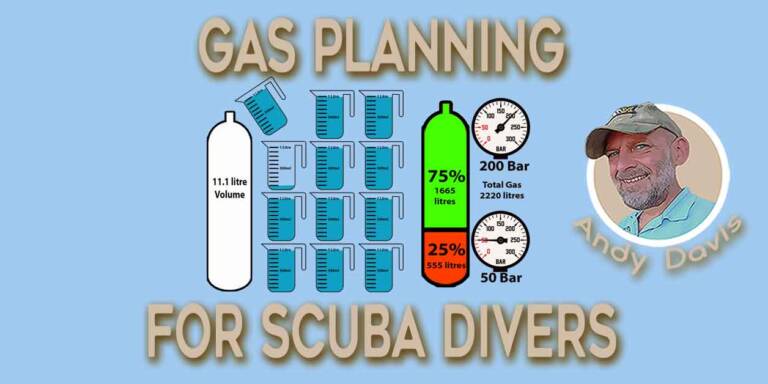Ultimate Solo Diver Guide: Independent & Self-Reliant Diving

Must-know advice for a pathway to being a safe solo diver. Honest dive pro insights on self-reliant training & independent diving abilities.

Articles for beginner to expert scuba divers

Articles for beginner to expert scuba divers

Must-know advice for a pathway to being a safe solo diver. Honest dive pro insights on self-reliant training & independent diving abilities.

Altitude Diving Demystified: A complete guide to high-altitude underwater exploration. Expert tips & insights for unforgettable experiences.

Unlock the secrets of developing perfect buoyancy control in this comprehensive step-by-step divers guide!

Explore the thrill of night diving safely and confidently with this comprehensive guide. Learn the gear, techniques, tips and marine life!

Learn scuba gas planning for your dives! A step-by-step guide to gas management for divers. Enhance your dive knowledge & safety underwater!

Stable diver trim is the foundation for good buoyancy control and efficient propulsion. It also helps conserve the marine environment.

The best way to use less air while scuba diving is to address the root cause of higher air consumption, not to focus on the symptoms.

Discover the ultimate insider secrets to finding the perfect dive center! An honest proguide on how to pick a high quality dive shop or resort

This beginners guide has all the information you need for starting scuba diving & ensures you get the most out of your underwater experience!

How to perfect your scuba weighting. Get this right & your buoyancy control will be much easier. Advice not taught in Open Water courses

An illustrated guide to getting the best out of your Shearwater dive computer settings. Don't be intimidated by the advanced display options!

Three important tips on how to ascend when scuba diving. Read this to increase your safety and enjoy less fatigue after your dives!

Learn the best ascent speed for scuba diving. Contrary to assumptions, slower is not always safer when it comes to diving ascent rate!